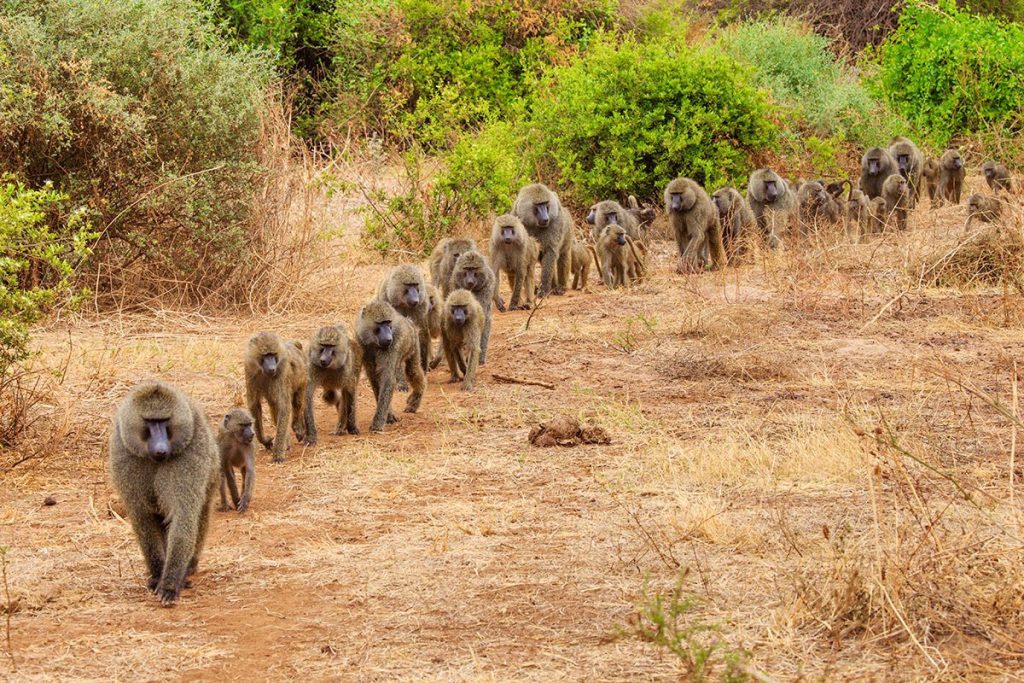Mt. Kilimanjaro in Tanzania is one of the most iconic landmarks in the world. With its three volcanic cones, Kilimanjaro is the highest mountain in Africa and is often referred to as the roof of the continent. But its geological history and formation are much more complex than it appears. This article will explore the geology of Mt. Kilimanjaro, from its ancient origins to its present-day topography.
Exploring the Geology of Kilimanjaro
Mt. Kilimanjaro’s geological history is far older than its current form. The mountain began forming over 1 million years ago, when two separate tectonic plates collided, causing magma to rise up in the area. Over the millennia, this magma cooled and hardened into rocks and sedimentary deposits. This process created a large plateau, which eventually became known as Mt. Kilimanjaro.
The mountain is made up of three distinct geological formations: the base, the inner cone, and the outer cone. The base of Mt. Kilimanjaro consists of ancient metamorphic and sedimentary rocks that formed millions of years ago. The inner cone is made up of lava flows and ash deposits, while the outer cone is composed of ash and lava from relatively recent eruptions.
The geology of Mt. Kilimanjaro is a perfect example of how the environment has shaped the landscape over millions of years. The mountain is a beautiful testament to the dynamic power of nature and is an incredible sight to behold.
A Journey to the Roof of Africa
Mt. Kilimanjaro is a popular destination for mountaineers and thrill-seekers alike. The climb to the summit is no easy feat, and climbers must be adequately prepared for the extreme altitude and harsh climatic conditions.
The journey to the summit begins with a trek to the base of the mountain, where climbers can stop to admire the breathtaking views of the African plains below. From there, the path to the summit takes climbers through a number of different geological formations, from lava fields to snow-capped peaks.
The climb to the summit is divided into three stages. The first stage takes climbers through the mountain’s ancient geological layers, while the second stage takes them through the inner and outer cones of Mt. Kilimanjaro. The final stage is the ascent to the summit, where climbers can experience the breathtaking beauty of the African sky and the incredible views of the surrounding landscape.
Mt. Kilimanjaro is an iconic landmark in Tanzania and a popular destination for adventurers. Its geological structure is a fascinating testament to the power of nature and the history of the continent. With its diverse geological formations and breathtaking views, Mt. Kilimanjaro is a must-see for any traveler looking to explore the mysteries of the African continent.

